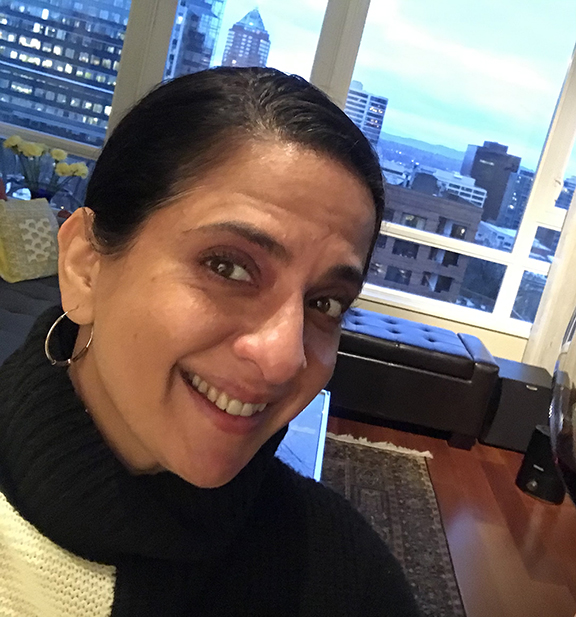We’re excited to introduce you to the always interesting and insightful Avantika Bawa. We hope you’ll enjoy our conversation with Avantika below.
Hi Avantika, thanks for joining us today. We’d love to hear about a project that you’ve worked on that’s meant a lot to you.
Without doubt, it’s A Pink Scaffold in the Rann (2019), the third site-specific installation in “The Scaffold Series.” This series takes the scaffold beyond its functional purpose into a visual engagement with space and site makes it compelling not only as form, but as metaphor. It is strong and solid, yet porous; it is transitional—it is there to help something be created, after which it goes away; it is a bridge from one state to another. It spans, connects, and supports, then vanishes.
“The Scaffold Series” originated with Another Documentation (2012), in Mumbai, India at Gallery Maskara. A few years later, I installed Mineral Spirits (2016), in the darkened and decayed lobby of the Astor Hotel in Astoria, OR as part of the 2016 Portland Biennale.
After the first two iterations the series paused, but I knew I would work with scaffolds again. I just didn’t know where or how.
In March 2018 I was awarded the Hallie Ford Fellowship, a prestigious and unrestricted grant ($25,000) awarded annually to only 3-5 Oregon artists. When an uncle from India called to congratulate me, he asked what I was going to do with all this cash. My gut response was, “who knows, for all I know it could be erecting big pink scaffolds in the middle of an open white space!” And as soon as I said it, I visualized it and knew it had to happen. At first, Iceland’s vast open landscapes came to mind, but research showed it would be a logistical and financial nightmare. And then I thought of the homeland, and the Rann of Kutch, home to India’s largest salt flat located in west-central India. From photographs I had seen, and stories I heard, its ethereal landscape and expanse into nothingness was surreal.
And so the journey to make this vision a reality began. My first trip was in December 2018 with my parents who insisted on coming along, and I am so glad they did. My father, a military man, made sure we saw much more than I would I have thought of, and in the most efficient way possible. We looked at road maps of the area and planned our trip to the tee, ensuring we saw many other historic and cultural sites on this trip, including Gir Forest (a wildlife sanctuary to protect Asiatic lions), Lothal (an archaeological site that 4500 years ago was one of the most important cities of the Indus Valley civilization) and Somnath temple, (one of the most sacred pilgrimage sites for Hindus). My mother’s extremely social and gregarious personality enabled many new friendships and conversations with the people we met.
In search of the perfect location for this vision, what I saw and experienced was so much more than expected, and each of those memories are woven into the larger picture of A Pink Scaffold in the Rann.
During this first research trip in 2018, I was initially naïve enough to think I could simply land in this vast region and make something visually powerful (albeit a year later) on my own. When I got there, I quickly realized I would need a lot more financial support and more importantly, local connections that would help me navigate the area, literally and metaphorically.
I reached out to Vishwa and Kiran Shroff, cousins who were friends from my college and high school days, who were living in Mumbai but originally from the Kutch area. “Kutch is Kutch and there is nothing like it,” they would often say, and I later understood why. So, through them, I reached out to their families in Kutch. To say I hit the jackpot through this reach is an understatement. Through the unwavering support of the Shroff family of Bhuj, Gujarat, India and Agrocel Industries Pvt Ltd, I precured more funding, a team of 4 to help me obtain the necessary permits, and the manpower (an installation crew of 15) required to make this vision a reality. Over the course of the year, we had multiple conversations over WhatsApp (because not everyone uses email and in India, WhatsApp is the preferred mode of communication). In December 2019 we installed this work, and to all involved, I am eternally grateful.
A Pink Scaffold in the Rann is a massive installation reflected a color that dominates both the local craft and sunrise of the region and is one of my most powerful works. I could talk endlessly about what this work looked like once it was completed but hope that the words of two writers and the images I have included here say it all.
Art critic Richard Speer writes:
“On a stunning site sixty miles south of the Pakistani border, Bawa and her crew erected a towering metal scaffold rising 38 feet above the flat earth like a cathedral façade shot through with squares of open air. It was simultaneously one with, and apart from, its surroundings. Once seen, it became difficult to imagine the site without it.”
Then the pandemic hit, and I couldn’t deinstall Pink Scaffold, so it was battered by the monsoons and transformed into a new work, The Collapse. Jennifer Rabin did an interview with me a few years ago called “The Beauty of Collapse,” where we talk about the background story about this work, its influences and its rise and fall.
https://jenniferrabin.substack.com/p/the-beauty-of-collapse
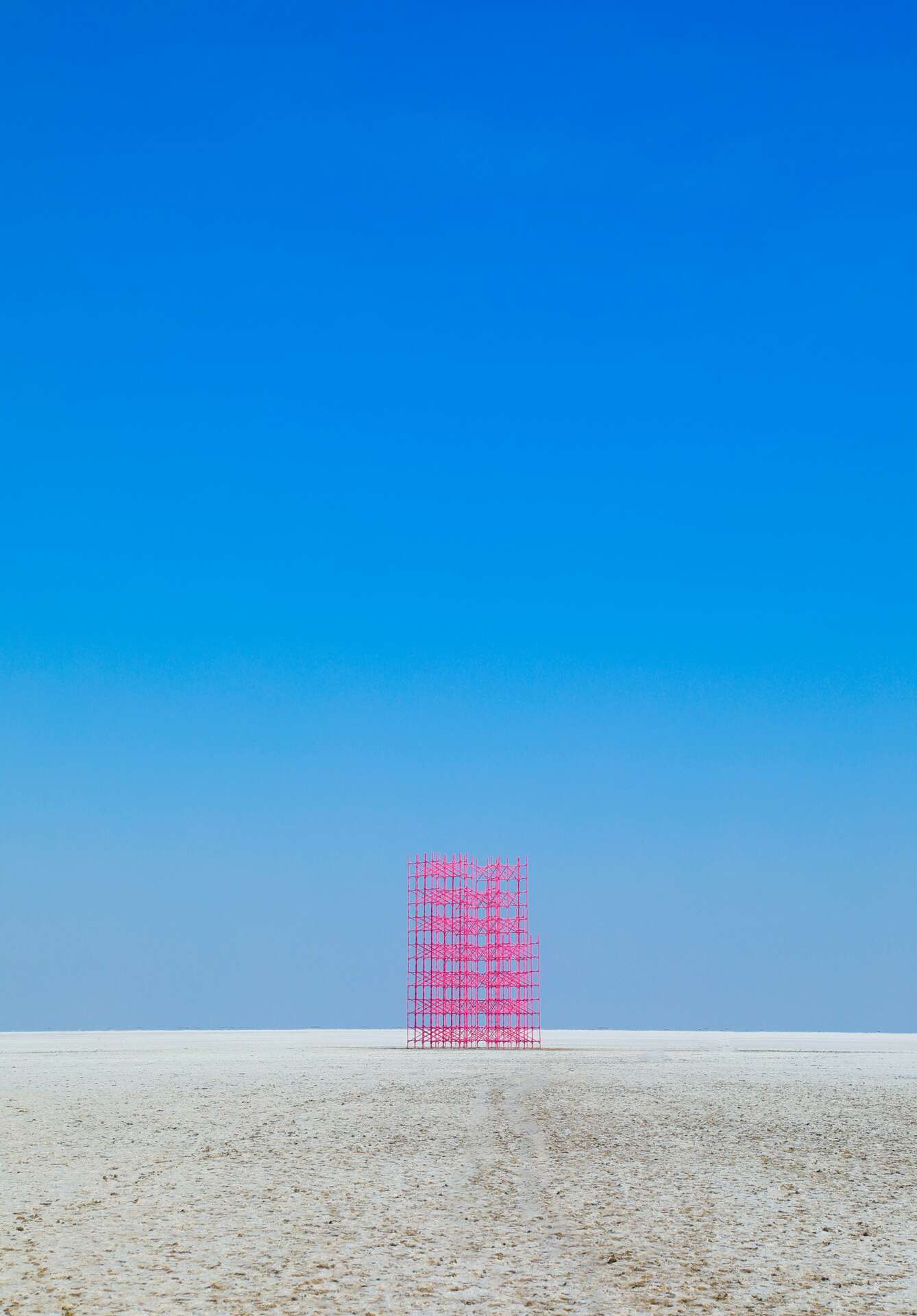

Great, appreciate you sharing that with us. Before we ask you to share more of your insights, can you take a moment to introduce yourself and how you got to where you are today to our readers.
I was born and raised in India where I lived till my 20s. My father was in the Indian Navy and so we moved around a lot. Travel was a huge part of my life and with it came experiencing different cultures and geographies, and an ability to adapt to these changes quickly and with (I think!), a largely positive attitude.
In my early 20s, I moved from India to the USA for an MFA at The School of the Art Institute of Chicago. What struck me most when I first arrived was the skyline. The city’s orderly grid rose in stark contrast to the chaos of the cities I knew back home. Beneath this modular, repetitive infrastructure was a similarity that was never quite the same. Exploring differences in built and natural environments became integral to both my process and creative inquiry.
Today, I am a multi-disciplinary artist, focusing on drawing and site-specific installations, who works both independently and collaboratively. Minimalism and its emphasis on reductive form, modularity, and experimentation with scale has been influential in shaping my practice. My core query is how differences in site, space, and place affect the ways we experience the same form.
I address these concerns directly in the studio and indirectly through curatorial and editorial work. In September 2000, I founded aquaspace, an experimental art venue in Savannah, GA. Although it was a physical space in its formative years, it is now a space of flux, distributed across various cities, and occasionally in cyberspace. As a further part of this exploration, I co-founded, in 2004, the peer-reviewed publication Drain: A Journal of Contemporary Art and Culture. Issues launched since 2010 have been archived in the Library of Congress.
Creative work requires contemplation and exploration.
Residencies provide space and solitude to create and encourage engagement with peers and the community. In recent years, I have been chosen to attend many residencies, including those at Ucross WY; MacDowell, NH; Skowhegan, ME; Anderson Ranch, CO; Sitka Center for Art and Ecology, OR; Pepper House Residency, India; and NES, Skagaströnd, Iceland.
Site-specific projects bring out my wanderlust, while my role as an educator keeps me grounded but eternally inquisitive. Since 1999, I have taught full time at major US institutions of higher education. Today, I am Professor of Fine Art at Washington State, a Research 1 university.
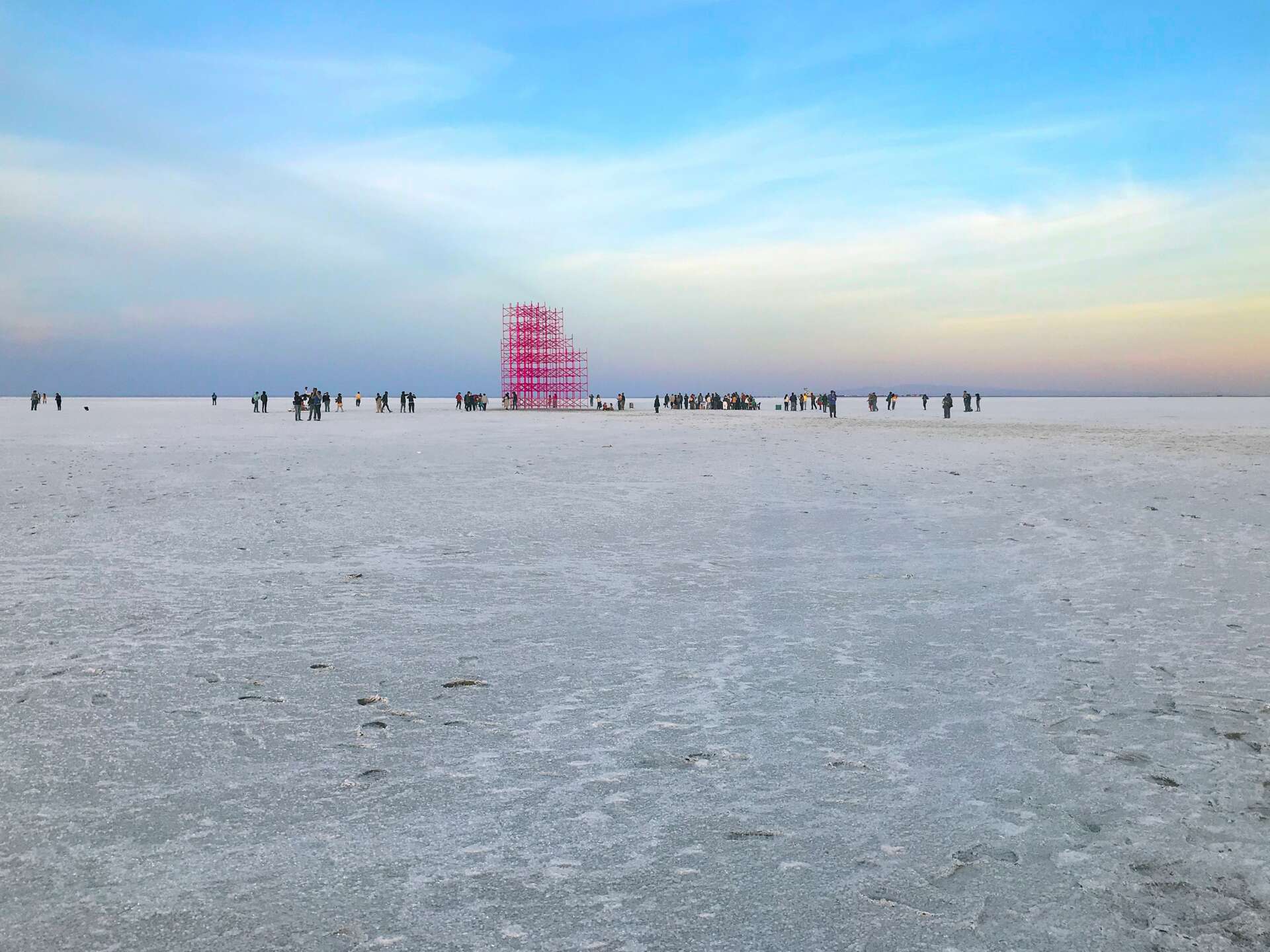


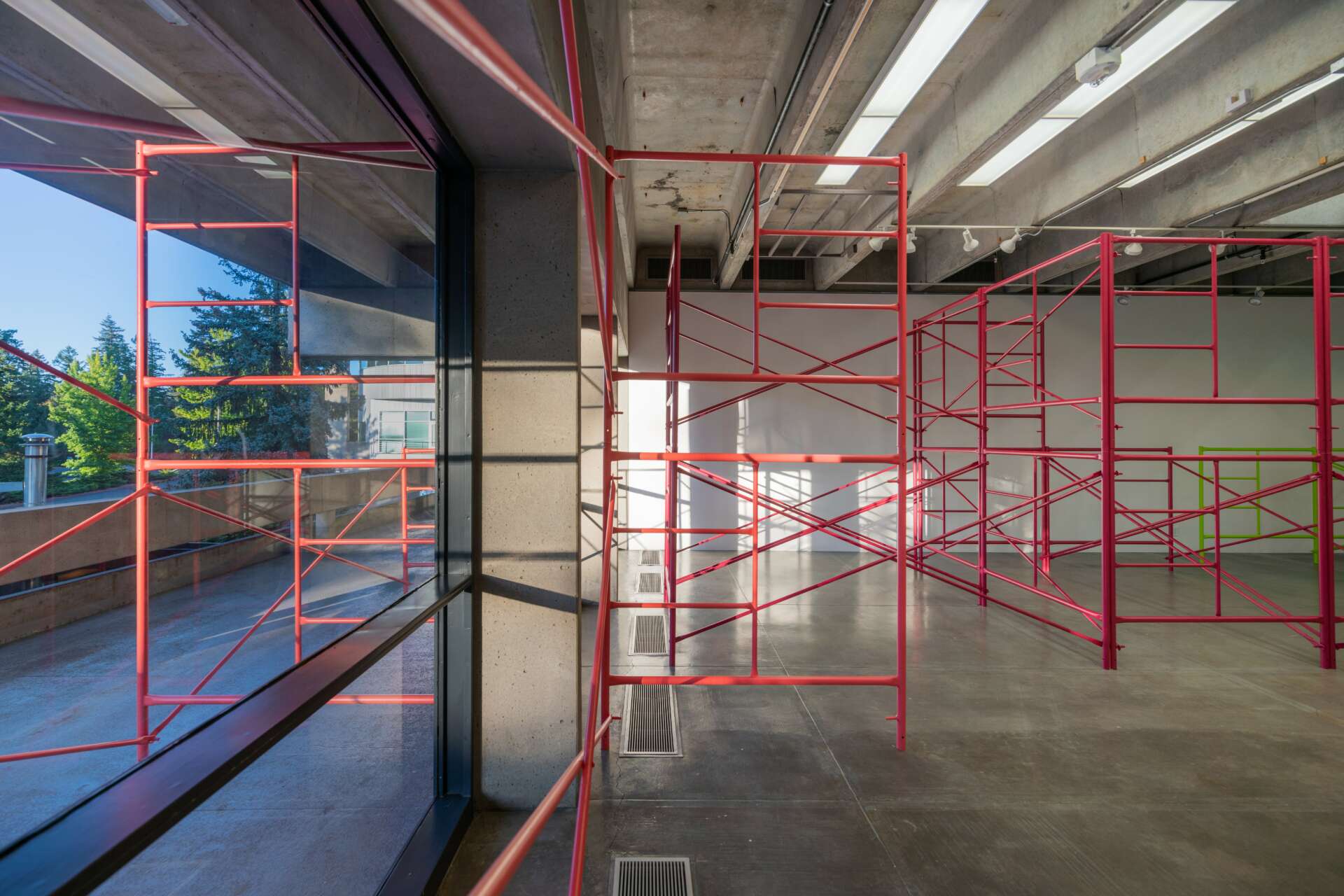
How can we best help foster a strong, supportive environment for artists and creatives?
First and foremost, support the system by engaging in it. Go to your neighborhood art gallery, your regional museum, become a member if you can. Attend events. Talk to artists and curators when the opportunities arise. Read reviews on shows, demand better arts writing if the review is weak and simply regurgitation of artist statements. Quit buying (or buy fewer!) art reproductions from online retailers, and instead invest in local talent. And if you have the right expertise, get on the Board of Directors for an arts organization. These boards need people like you!

What’s the most rewarding aspect of being a creative in your experience?
I can create my own schedule, or lack thereof, and there are no creative limits!
But in all seriousness, it is through my drawings, installations, and curatorial work, I resist the traditional hierarchy of mediums, materials, and landscapes by unsettling the audience’s expectations. I define a territory that allows for subtlety, anti-monumentality, and unexpected levels of candor. My goal is to create larger, more ambitious works that leave the viewer in awe, simultaneously dislocated and connected at the intersection of the built and natural environments.
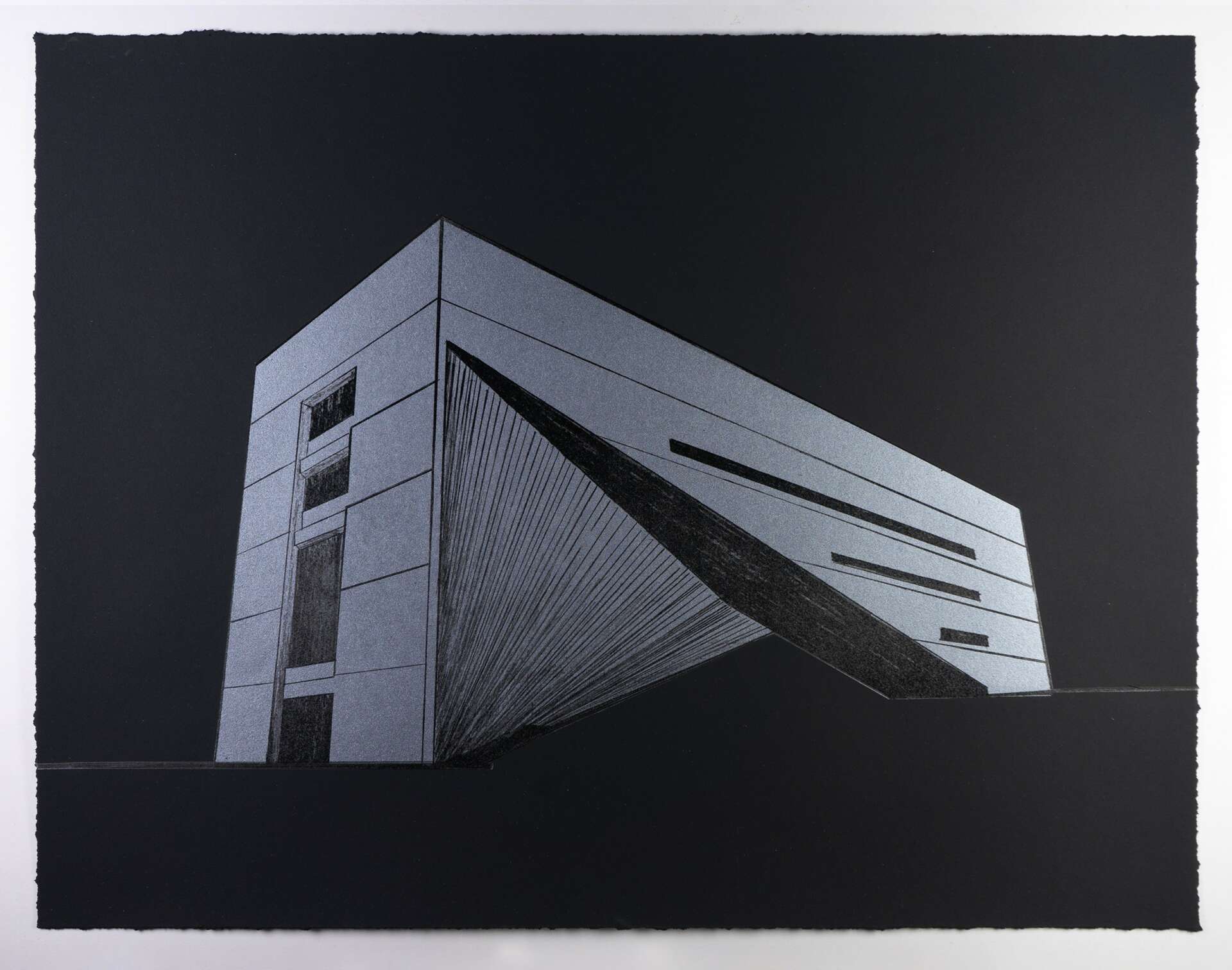
Contact Info:
- Website: https://www.avantikabawa.net/
- Instagram: https://www.instagram.com/avantikabawa/?hl=en
- Facebook: https://www.facebook.com/
- Youtube: https://www.youtube.com/watch?v=PNBqXzvYHDc
- Other: http://drainmag.com/about/


